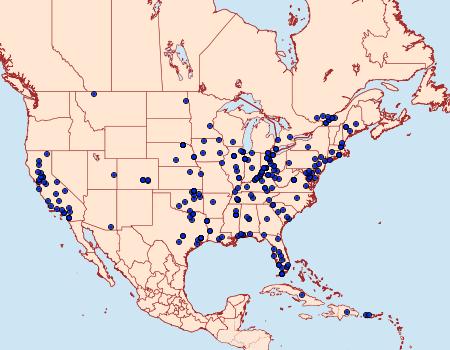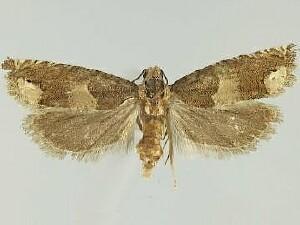Tortricidae
51a1065 –
3172 Epiblema strenuana
(Walker, 1863)
|
|
|
| Photographs are the copyrighted property of each photographer listed. Contact individual photographers for permission to use for any purpose. |
|
|
Larva and
Host Plants: |
Host familiy: Amaranthaceae[Chenopodiaceae] Asteraceae. Host genera: Ambrosia Chenopodium[unresolved] Parthenium Xanthium. Notes: stem borer (Powell & Opler 2009). (Shropshire & Douglas 2025) |
Description/
Field Marks: |
See Gilligan et al. (2020)
Epiblema strenuana typically has a brown face and labial palpi. |
| Genitalia: |
Gilligan et al. (2020) |
| Similar Species: |
- 51a1065.1 Epiblema minutana: typically has a white face and labial palpi.
- 51a1068 Epiblema luctuosissima
- 51a0884.1 Eucosma aquilana: has third labial palpus segment black.
- Pinned specimens of related species. (Hint: select View by Region on the related species page.)
|
| Synonymy: |
strenuana (Walker, 1863) (Grapholita) - MONA 1983: 3172exvagana (Walker, 1863) (Grapholita)flavocellana (Clemens, 1865) (Steganoptycha)subversana (Zeller, 1876) (Grapholita) |
|
| References (Caution: DNA barcoding at BOLD provides evidence of relatedness, not proof of identification; some BOLD specimens shown may not be sequenced.) |
- Barcode of Life (BOLD) - Caution: Identifications often erroneous; DNA barcode provides evidence of relatedness, not proof of identification; many specimens not sequenced.
- Gilligan, T.M., D.J. Wright, R.L. Brown, B.A. Augustinus, U. Schaffner, 2020. Taxonomic issues related to biological control prospects for the ragweed borer, Epiblema strenuana (Lepidoptera: Tortricidae). Zootaxa, 4729(3): 347-358. (download also available at Researchgate) (abstract and access (fee))
- Gilligan, Wright & Gibson, 2008. Olethreutine Moths of the Midwestern United States: p. 121.178. (PDF)
- Powell, J. A. & P. A. Opler, 2009. Moths of Western North America, Pl. 15.44f, 15.45m; p. 135. Book Review and ordering
- Shropshire, K.J. & D.W. Tallamy, 2025. Lepidoptera of North America, north of Mexico: an annotated list containing geographic ranges and host-plant records. ZooKeys, 1261: 101-113; Suppl. 1. (PDF or read online)
- Species Page at Block Island Moths
- Species Page at BugGuide.Net
- Species Page at Mass Moths
- Species Page at Tortricid ID - Identification Technology Program (ITP)
- Species Page at iNaturalist
- Wright, D.J. & T.M. Gilligan, 2023. Epiblema Hübner, Sonia Heinrich, Suleima Heinrich, and Notocelia Hübner of the Contiguous United States and Canada (Lepidoptera: Tortricidae: Eucosmini). The Moths of America north of Mexico, Fascicle 9.6: 30; pl. A, 1a-o; pl. 1, 1a-h, order.
- Zeller, P.C., 1875. Beiträge zur Kenntniss der nordamericanischen Nachtfalter, besonders der Microlepidopteren. Verhandlungen der Kaiserlich-Königlichen Zoologisch-Botanischen Gesellschaft in Wien, 25: 207-360.
|
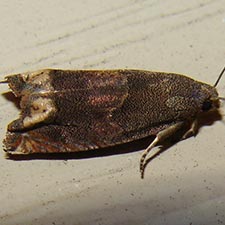
© Steve Scott
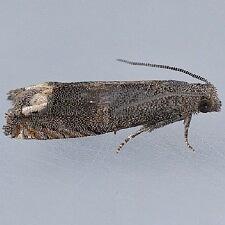
© Mark Dreiling - DNA
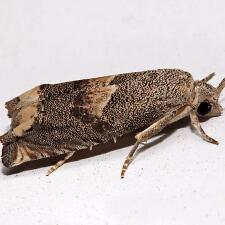
© Ken Childs
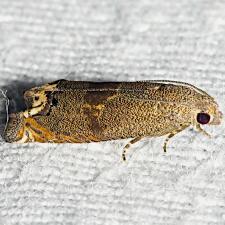
© Carol Wolf
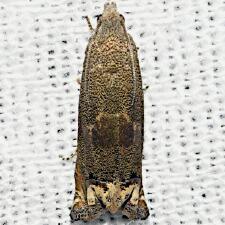
© Carol Wolf
|
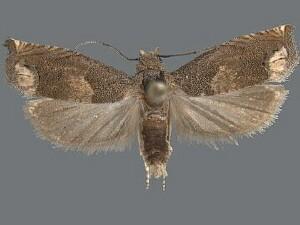
© Richard L. Brown
|



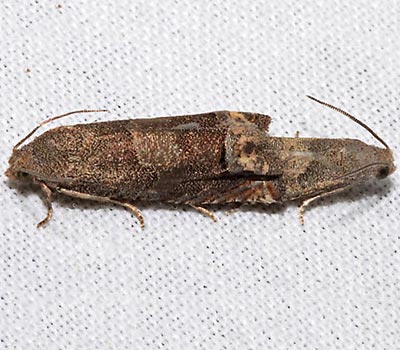

 - © Ken Childs
- © Ken Childs 





